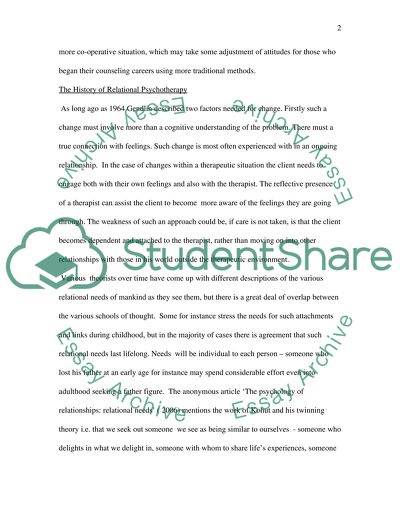Cite this document
(“What impact has the relational approach had on personal therapists Essay”, n.d.)
Retrieved from https://studentshare.org/psychology/1405370-what-impact-has-the-relational-approach-had-on-personal-therapists
Retrieved from https://studentshare.org/psychology/1405370-what-impact-has-the-relational-approach-had-on-personal-therapists
(What Impact Has the Relational Approach Had on Personal Therapists Essay)
https://studentshare.org/psychology/1405370-what-impact-has-the-relational-approach-had-on-personal-therapists.
https://studentshare.org/psychology/1405370-what-impact-has-the-relational-approach-had-on-personal-therapists.
“What Impact Has the Relational Approach Had on Personal Therapists Essay”, n.d. https://studentshare.org/psychology/1405370-what-impact-has-the-relational-approach-had-on-personal-therapists.


